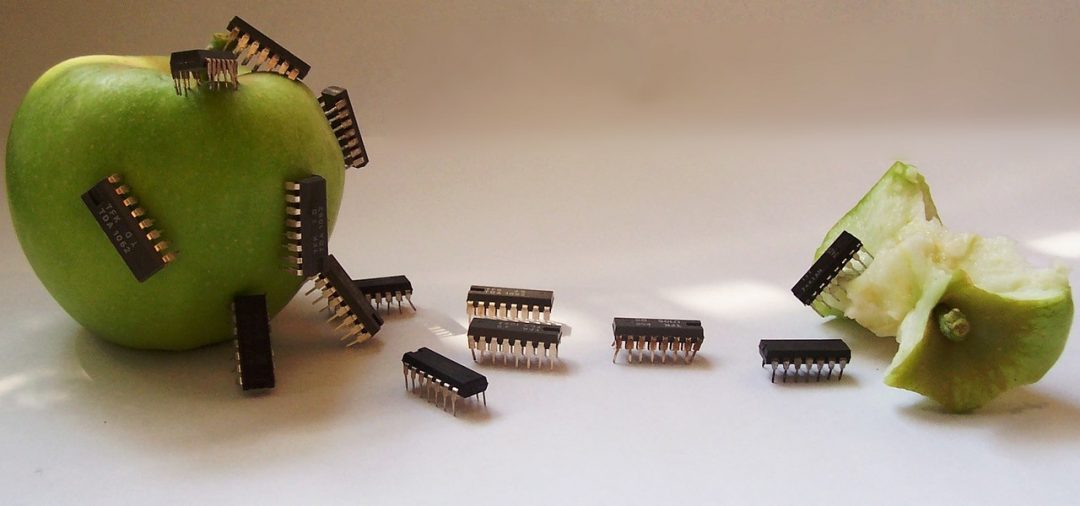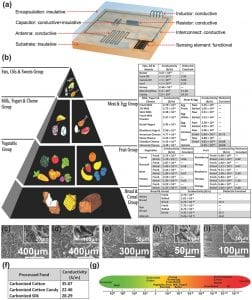In recent years, major advances have been made in field of wearable electronics, where electronic devices are attached directly to the human body or are integrated into clothes. These devices show the advantage of being flexible, stretchable, transient and most importantly compatible with the human body.
Beyond skin‐based systems, with the shortcoming of limited variable detection–such as heart rate, temperature or sweat‐based body constituents, or implantable systems, which while robust remain invasive, with the risk of infection bleeding and the need for surgical recovery with malfunction, a body domain that has only been partially explored as an electronics locale has been the gastrointestinal tract.
The gastrointestinal tract is a primary interface between the external environment and the internal milieu, affording tremendous surface area for device residence and monitoring of a wide range of health and disease states and conditions.
Researchers of the Arizona State University, USA, have pushed electronics one step further into this direction: edible electronics.
This relatively young class of electronics is compatible with the gastrointestinal tract of the human body. The electronic materials and components used for their research were made largely of natural foods and foodstuffs, with minimal levels of inorganic materials utilized to fill identified functional requirement gaps and to build electronics.
Prof. Hanqing Jiang and co-workers show in their work in Advanced Materials Technologies a number of basic electronic components that may be used for more complex electronic devices, such as measurements of pH, gastrointestinal motility and drug concentrations.
Food‐based materials also extend the spectrum of transient electronic materials for general nonmedical electronics applications, as new biodegradable and environmentally friendly materials for electronics.
For further reading of the work of Prof. Hanqing Jiang, please go here and here.


















